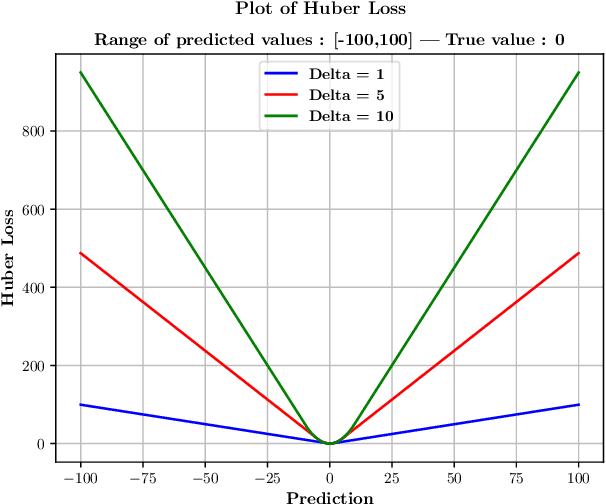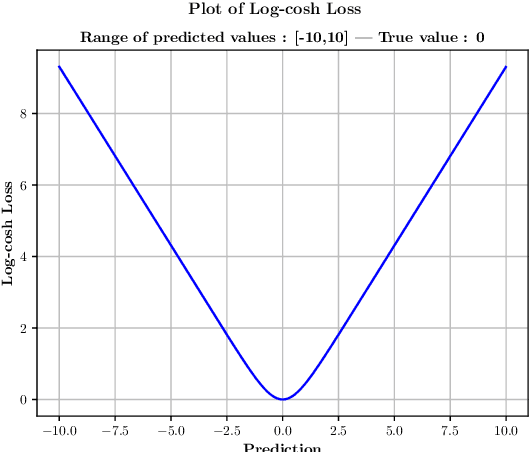Thilo Moshagen
Finding hidden-feature depending laws inside a data set and classifying it using Neural Network
Jan 25, 2021



Abstract:The logcosh loss function for neural networks has been developed to combine the advantage of the absolute error loss function of not overweighting outliers with the advantage of the mean square error of continuous derivative near the mean, which makes the last phase of learning easier. It is clear, and one experiences it soon, that in the case of clustered data, an artificial neural network with logcosh loss learns the bigger cluster rather than the mean of the two. Even more so, the ANN, when used for regression of a set-valued function, will learn a value close to one of the choices, in other words, one branch of the set-valued function, while a mean-square-error NN will learn the value in between. This work suggests a method that uses artificial neural networks with logcosh loss to find the branches of set-valued mappings in parameter-outcome sample sets and classifies the samples according to those branches.
Classification based on invisible features and thereby finding the effect of tuberculosis vaccine on COVID-19
Nov 14, 2020



Abstract:In the case of clustered data, an artificial neural network with logcosh loss function learns the bigger cluster rather than the mean of the two. Even more so, the ANN when used for regression of a set-valued function, will learn a value close to one of the choices, in other words, it learns one branch of the set-valued function with high accuracy. This work suggests a method that uses artificial neural networks with logcosh loss to find the branches of set-valued mappings in parameter-outcome sample sets and classifies the samples according to those branches. The method not only classifies the data based on these branches but also provides an accurate prediction for the majority cluster. The method successfully classifies the data based on an invisible feature. A neural network was successfully established to predict the total number of cases, the logarithmic total number of cases, deaths, active cases and other relevant data of the coronavirus for each German district from a number of input variables. As it has been speculated that the Tuberculosis vaccine provides protection against the virus and since East Germany was vaccinated before reunification, an attempt was made to classify the Eastern and Western German districts by considering the vaccine information as an invisible feature.
 Add to Chrome
Add to Chrome Add to Firefox
Add to Firefox Add to Edge
Add to Edge